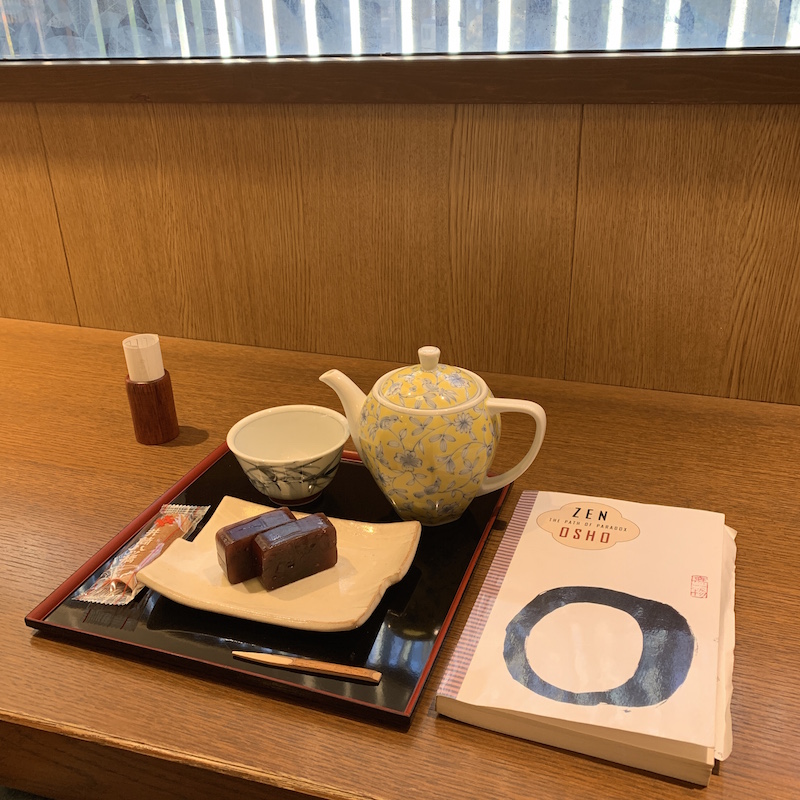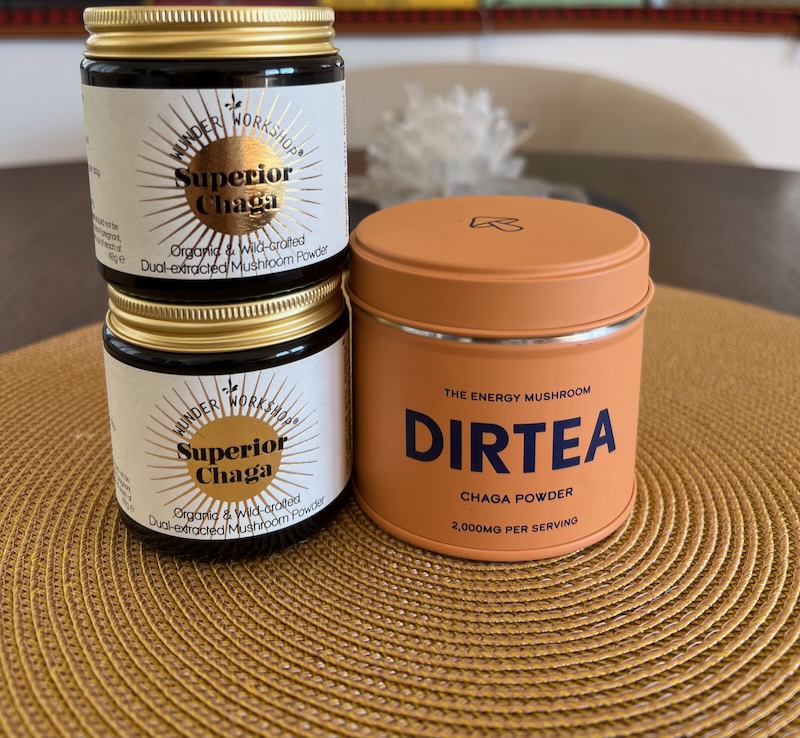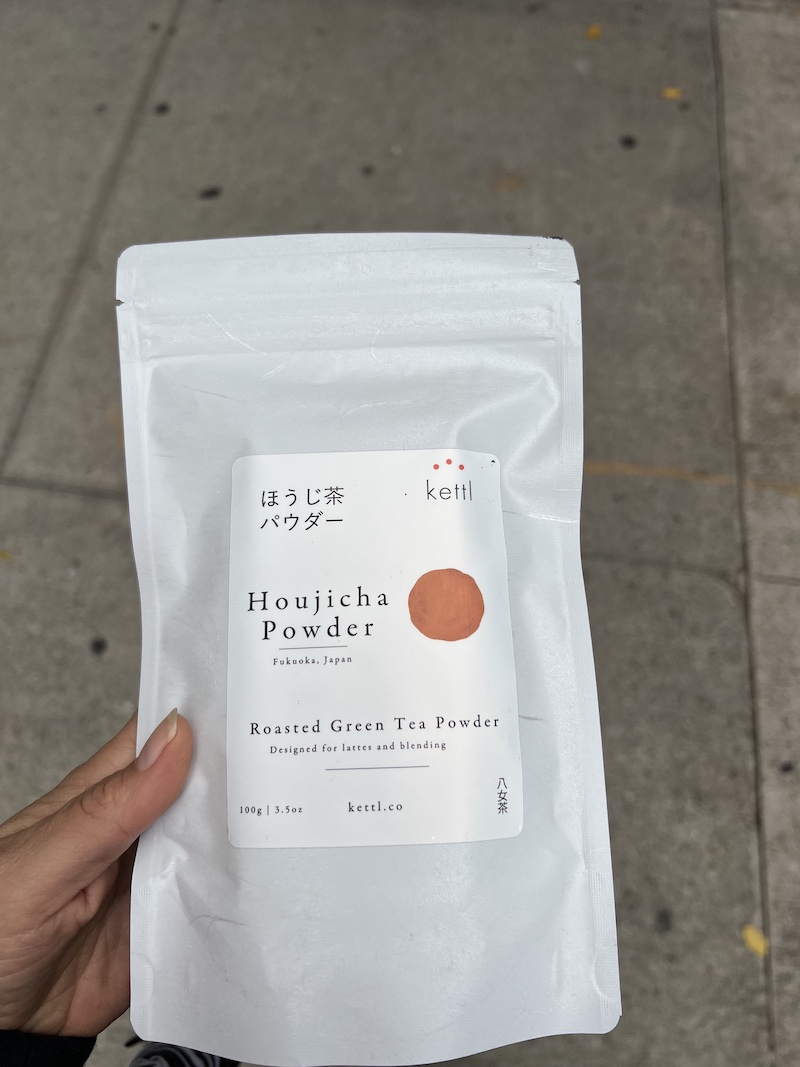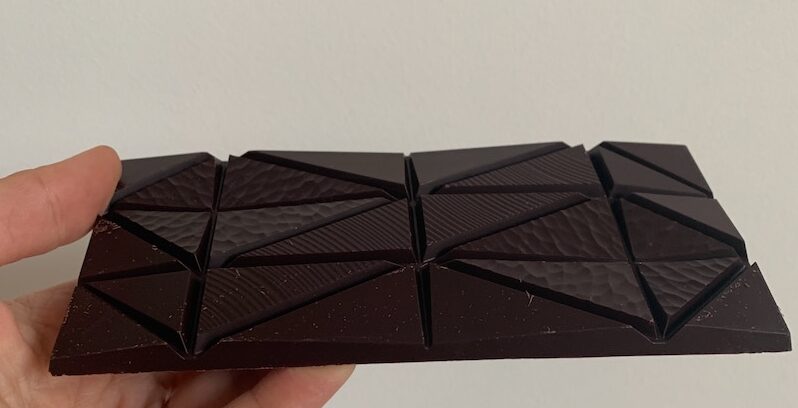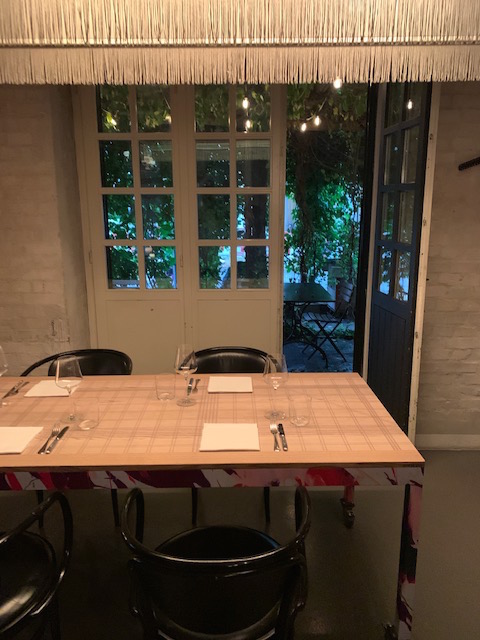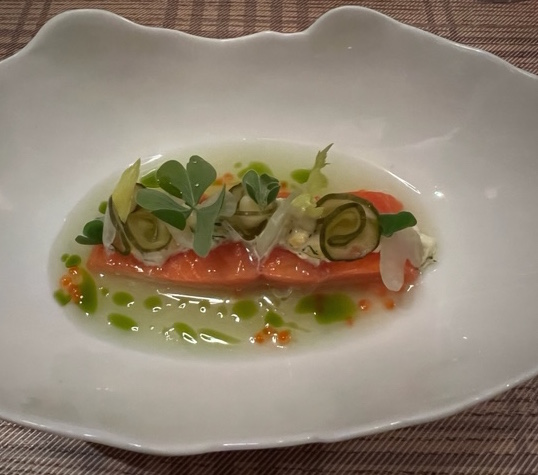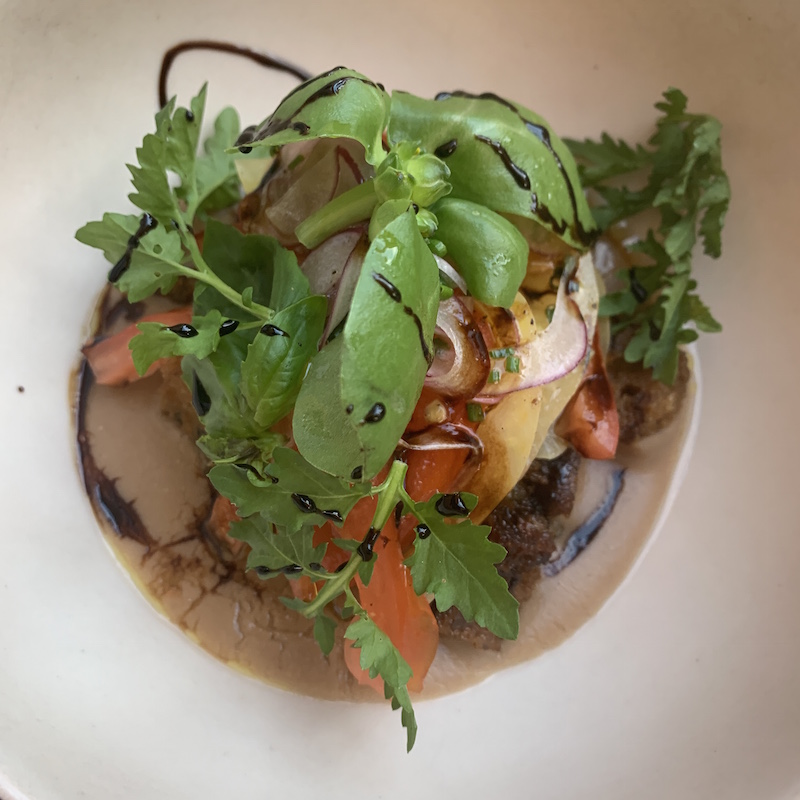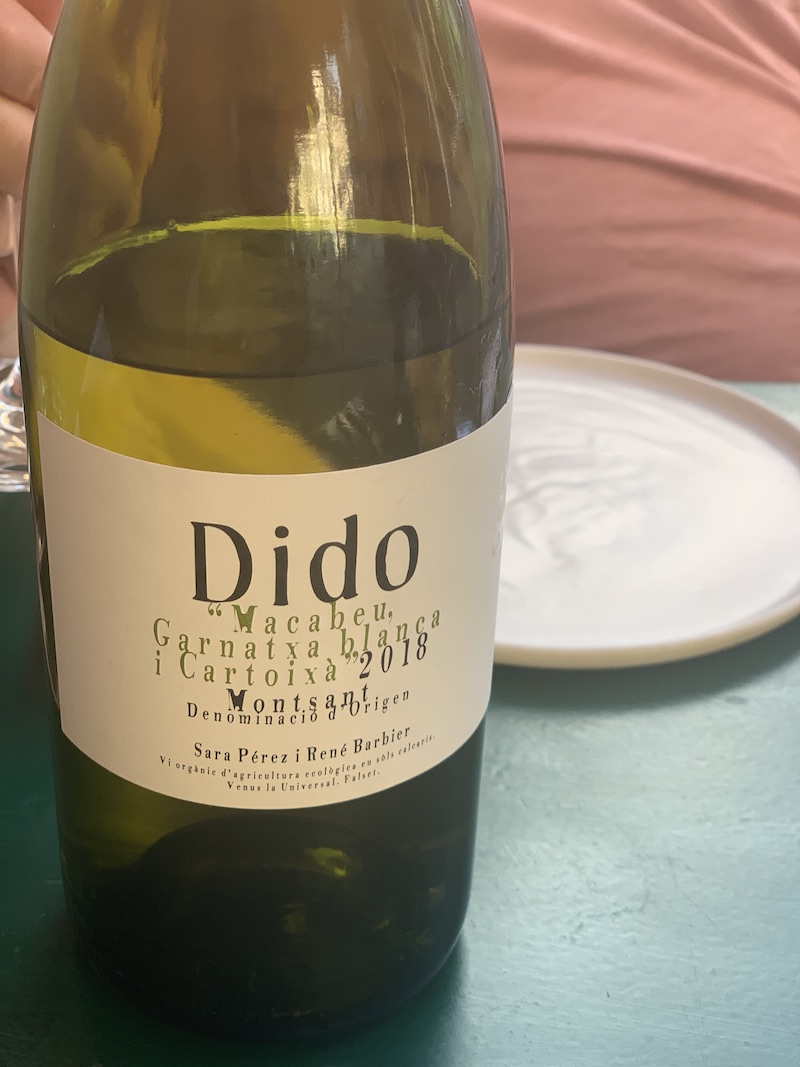Detox at Chenot Palace on splendid Swiss lake
What a gorgeous tranquil location to detox and rejuvenate the aching, ageing body. Chenot Palace Weggis is the first wellness outpost in Switzerland of the well-established health retreat founded by the late Henri Chenot. From a hospital setting in Côte d’Azur the Chenot Method® was luxuriously upgraded at the Swiss Palace. The group also collaborates with fine hotels that adopted his eastern – through millennia tested experience – meets western science approach to physical and mental health restoration.


Weggis, a Swiss village under the foot of the spiritually and wellness oriented Mount Rigi, nests on the shores of the Vierwaldstättersee, literally ‘Lake of the four forested settlements‘ near Luzern. Mark Twain, an avid traveler as I have encountered his traces already on the remote Bermudas, was particularly fond of this area known in English as Lake Lucerne. Conveniently, in the German speaking part of Switzerland, just under an hour car ride from Zurich, a train and bus or taxi hop from the city of Luzern, and about three hours from Geneva, you are transported into a calm zone in a stunning natural setting. The staff speaks fluent English. Greek, Italian, Czech, Polish, Portuguese, Russian or French are also widely spoken by the staff coming from all over Europe for the prestigious highly paid job. The best quality of therapists are attracted to the by healthy lifestyle driven Chenot Palace in Weggis.

Time for oneself is the most precious mental activity as well as joy that can reset the body into equilibrium. A walk in solitude, a swim in an open water, an afternoon with a great book, a trip away from it all when imagination is freely strolling. More profoundly, a yoga retreat or a rejuvenating spa cure will shine the gems of our being. When a higher awareness of who I am and what I need and want to do unveil like a lustrous lake in a receding morning mist, I feel complete and the calmed body shows.
The golden sunshine hours, grass sprouting in verdant carpets of energy, birds in frolicking songs and budding trees, all nature in a seasonal unison announces that for us indulgent humans it is time for a spring detox. The lent period introduces warmer weather, and as nature awakens from winter rest, the couch-bound body calls for a reset in an invigorating environment. But also whenever your health needs, like after a bad food poisoning or a surgery, to recover smoothly, it is beneficial to take a break.


The Chenot Method® of detoxification incorporates millennia old eastern methods such as TCM system of meridians, European hydro and mud therapy, with the newest nutritional and technology-based science to reset the overworked body and the mind. You need to dedicate time for this and the Chenot Palace Weggis requires a minimum stay of seven nights.
While the paths of your meridians and lymphatic pathways are cleaned through daily energetic treatments, the toxin-burdened body shrinks away with each aromatherapeutic bath, signature mud wrap and jet shower. Three times per week a water exercise in the pool strengthens, and any water stuck in the accumulation areas is cleared away. I recommend adding a lymphatic facial that will redefine your puffed up contours within an hour. So much water is retained in our chin, under the eyes and the sides of your face. The suction cups effectively channel out this undesired accumulation, like deflating a balloon.

The Chenot Palace in Weggis opened in 2020. In the pandemic years, not as strictly lockdown in Switzerland, most staff from other Chenot locations like Greece and Italy moved here, meaning that they have plenty of expertise in practicing the method. Completely renovated indoors, the two contemporary and two turret Swiss style buildings were accompanied by a state of the art extensive spa and medical area. The well-maintained Japanese gardens are a treat for the eyes even in winter as the giant bonsais gracefully welcome at the entrance and the waiting lounge in the medical wing.
On bad weather days, the cosy library lounge pamper healthily with non-alcoholic cocktails. The guests’ favourite is the Italian spritz (made with Lyre, low calorie tonic, sparkling water and a slice of dried orange), but I also like the refreshing, not sweet virgin mojito, and the Zero gin and tonic with a cucumber slice and a selection of Chenot low caffeine teas, plus herbal tisanes. The view over the lake from there lures you in even on a sunny day. There are plenty of art and design books to leaf through.
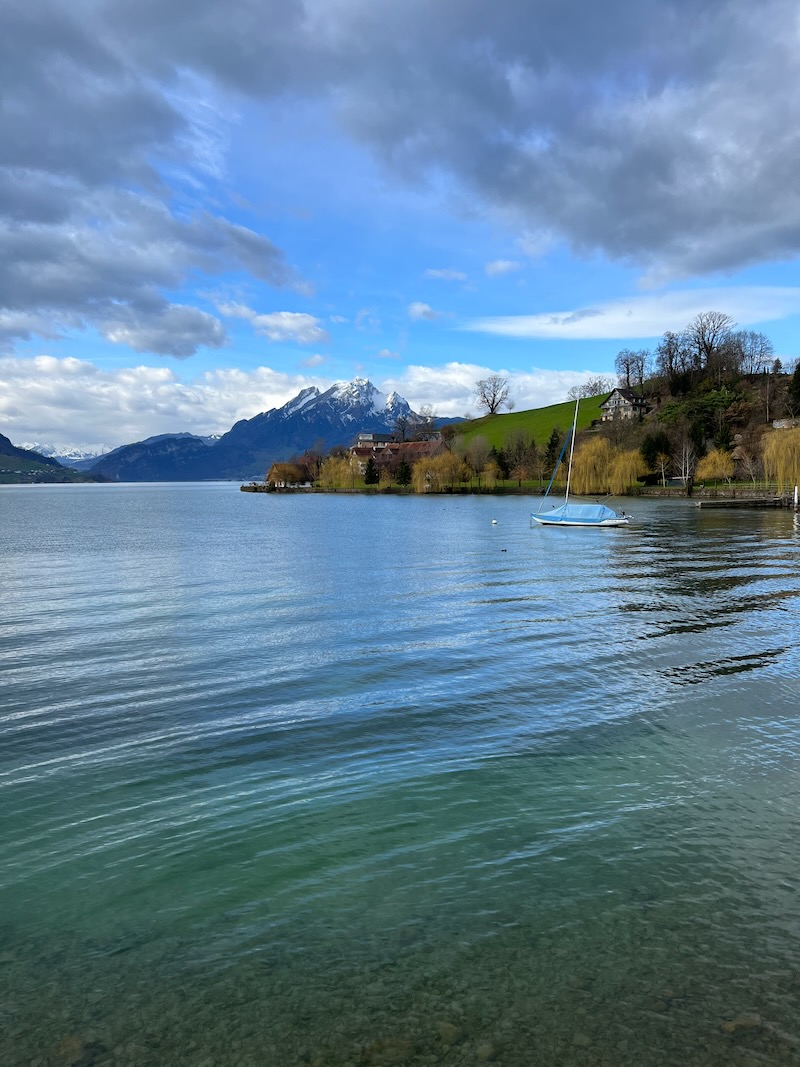

Petit Palace is the oldest building close to the quiet lake rim road. The new wing above the reception can offer some partial lake views, but these mostly face the town and the Mount Rigi. More popular seems the new wing above the spa, but while it has closer lake and Weggis views with some interfering trees it is not as pure as the older buildings offer. The highest floors offer most open views reaching towards the glacier Alps. My room was on the fifth floor in the old larger building practically above the restaurant (I love it since it was further from the road offering vast open lake views). A comfortable sofa, a desk upon request, quality materials and bed quality, a tantalising pillow menu increase comfort. There is enough room for your private yoga or stretching practice. A bluetooth speaker to use for a preferred music library on my phone (when I took it with me since my second stay I further decided to detox from my portable tech devices) comforted my resting moments in the room.
Top floors only have smaller rooms. Contemporary, comfortable and luxurious naturally hued interior design was set the same for all the rooms. The doubles have an extra chair by the table. In the minibar all you find is an assortment of European waters. The high altitude Swiss Valser spring water is replenished daily complimentary, but it is also available in the waiting lounges. The new building rooms have larger bathrooms and the rooms in the same category, but the views are interrupted by other buildings as it’s at the back behind the old buildings. Tasteful, jolly art graces the walls all over the five starred Palace.


Detox plant-based, hypo-caloric menu at Chenot Palace
The diet at Chenot Palace in Weggis is very strict, but mostly very tasty. The plant-based daily menu comes daily in seven plates. The fasting-mimicking, fibre-rich, whole foods Chenot diet is based on organic seasonal vegetables when possible grown locally. A tiny fruit-centric breakfast with herbal infusion or caffeine-free coffee alternative like roasted chicory root (can be with a side of plant milk) starts you without physically breaking the fast yet. A simple fruit salad or an apple, pear or strawberry purée topped with berries, lemongrass or other herbs, a coconut milk flan with berries, a stewed apple topped with fresh whole berries and physalis were all nice but not filling much.
You can have barley coffee alternative if gluten is no concern to you (less strong, less coffee taste than the chicory, but more foaming in an espresso). Almond milk is recommended but the tastiest is oat (Oatly isn’t allowed because of some kidney aggravating additives). Soy is also available. An optional cinnamon to dust over lowers you sugar cravings. No caffeine is best for detox as are minimum stimulation (the omnipresent smart phones in the hands of most guests are rather shameful) and rest plenty.


The low-density calorie, low sodium and high on water diet is in synergy with the daily treatments. It is minimally processed, alkaline-leaning concoction of seasonal ingredients of the highest quality, truffles and saffron pop up on certain luxurious plates. The local sourcing is unfortunately limiting the chef’s expression, but his Italian origin sensitised him to an elegant flavour balancing. While most dishes are sublime, one can hardly rely on the Swiss terroir short in sunshine seasons. The presentation of a fine dining restaurant sparks up your detox days.
Lunch can be raw foods, while dinner is always a gently cooked trio of a small vegetable starter, a wholesome plant-based soup and a tasty, usually vegetable-centric main course. dairy-free alternatives are made in-house, except for the tofu, which is delightfully smoked though by the kitchen team. A gentle use of spices and herbs compensate taste for low sodium and protein diet. Taste-wise, I didn’t miss the salt in most dishes. An additional trio set of cumin, curry, red cayenne (not very spicy) pepper can be added to your three course lunch upon request. I had also salt because of my low blood pressure.
At dinner a herb of the day (rosemary, thyme) is served with the middle course of warm vegetable puréed soup. In spring we had fresh black truffle shaved atop the Jerusalem artichoke cream, in autumn Piedmont hazelnut crisps topped the sublime topinambur puree. All soups with the additional herbs, mushrooms or cooked veggies toppings were excellent.
If you wake up hungry and cannot sleep, ask for a thermos with a fragrant hot broth. I love the more intense mushroom over the ginger and lemongrass option, but on some days it’s brewed weaker and then I prefer the later. They alternate each day on the communal tea and water counter from 2pm onwards.
the chef is savvy in using lightening methods such as almond-based mousse with less calories than the firm nut, also delightful was the fresh almond tzatziki. The diet is low on protein because building is the opposite of detox for the body, so plant-based low glycemic carbs and healthy fat consist together with the fibre and water most of the menu. The chef published a beautiful, for home use practical cookbook in five languages, also available in English.
My favourite plates were:
Coconut cream with berries and chia pudding
Almond pudding, mandarin coulis, lemongrass
Chia and avocado mousse
Almond tzatziki, cucumbers and light chickpea crisps
Hazelnut plant ‘cheese’ stuffed zucchini flower with vanilla coulis
Topinambur cream pasta with dried black olive crumble
Vegan egg beetroot tartare
Celery root cream soup
Black truffle topped green cabbage and shallot cream soup
Food is mostly delightful with some exceptions such as too dry-textured pasta (the rice cannelloni for GF). The rice tagliatelle with pumpkin sauce and hazelnuts that were too dry, but the autumn version with tJerusalem artichoke cream was sublime! A mushy texture of sweet potato cubes with green peas (called Dodo after a game) was so so, as were the starchy textured pumpkin gnocchi. Also the wonton pasta were too stiff to cut and I didn’t like the béchamel. The chef keeps improving though and an absolute hat down for working wonders with such a limited ingredients list. Considering that one consumes seven plates each day that’s a talent speaking through his overall achievement.
The Sicilian chef dares to combine unseeable ingredients like raspberry powder over zucchini velouté. He worked at a vegan restaurant before. The challenge is heightened by using seasonal, most local vegetables and not fermentation. I was told that the best season for ingredients here is spring from April-July.



Most advanced diagnostic, performance and wellness equipment for holistic health at Chenot Palace Weggis
You are meant to rest, not build muscle and strength much because the detox diet contains minimum proteins. A full medical staff is to assist you, and two doctor appointments are scheduled in each program and so is a consultation with a certified nutritionist. Superb hydro therapy, mud wraps (mint fresh along the inner arms and tights) on a hot floating bed and a jet shower are included in all programs for the first six days.
The optional Cryo (-110°C!) trend is not for me. I noticed that particularly the male guests fancied freezing in the enclosed well below freezing cabins. You saw them wearing warm hats while in their bath robes at lunch. For someone with low blood pressure and other health conditions, the so called Wimhof method can be dangerous. I much preferred the inflammation and pain reducing photo-biomodulation under led lights emitting specific red light wavelengths.
My cardiovascular health was assessed and arteries were inspected for functionality. The report showed my arteries were in the shape of a decade younger person. I was elated, but the doctor cautioned my joy since this is just compared to an average person.
Bone density and the thickness of skin and the distribution of collagen in the tissue was measured. Also your fat versus muscle ratios can be seen form the scan. Come after all the annual feasts.
You get heavy metals (where have I collected that aluminium in my body?), minerals and vitamins checked. Some deficiencies can be acutely addressed by vitamin infusions administered by friendly, experienced nurses. Your energetic balance is inspected, which may cue to existing health issues not just physically but also emotionally. This energetic test impressively reflected my current health imbalances. Measuring it again after the week most of my organs and glands were back in equilibrium.
Nu Calm neuroscience applying technology relaxes as deep as a profound meditation or your best night’s sleep. It is beyond just noise-cancelling headphones with covered eyes in a reclined setting, the sound you hear does more than any YouTube alpha, delta et al. wave stream.



The high-tech equipment as well as the attractive natural lakeside location with snow-capped Alpine views make the stay at the Chenot Palace Weggis extraordinary. Roger Federer drove over with his wife to test the methods of performance improvement available on site. Neurac® from Norway balance’s musculoskeletal pain. Directed by an excellent physiotherapist Julia or an osteopath revealed the weaknesses caused by my old injury that caused chronic pain. An incorrect training can also shuffle badly the weaknesses and imbalances between muscles. These can be corrected with the aid of the suspension slings manipulated professionally by the therapist.
There is a cardio altitude room within the gym. The hypoxic conditions force your heart work harder and the oxygen is more efficiently distributed, so when you exercise back in normal altitude it feels easier. There you also find a bird-like weightless antigravity training treadmill and Vacu-therm for fat-burning walks under infrared rays that also help to reduce cellulite. The antigravity lift felt sublime, as if my legs were feathers. There is nothing that I experienced to date that felt so easily elevating.
Find what you need: detox with recovery, rest or improved performance
At the Chenot Palace Weggis three signature programmes – basic Advanced Detox, Recover & Energise, Prevention & Ageing Well – offer targeted results. I recommend the basic detox program so you have some spare time to add anything reasonable that the doctor and the friendly therapists additionally recommend. It gets then more targeted to your needs.
Gentle walks in gorgeous surroundings, complimentary morning group stretching classes and aqua gym are suitable accompaniments to intense detox. While incredible hikes surround you, do not force, since you do not want to faint after the daily hot bath and wrap. The lake facing lap pool is comfortably warm because during the intense detox the body temperature drops. You can feel bone-deep cold.
There are two 90 degrees Finnish saunas, one separate for ladies, and a steam room. I missed the more gentle bio sauna because during detox one should not expose oneself to extremes, so mind these facilities.
Overall I cannot more agree with Chenot’s retreat’s mission: “Wellbeing seeing as a positive vitality, not merely the absence of disease. They are for people who come with the intention and purpose to reset or looking to make a serious long term change to their lifestyles.”
If it is more convenient for you, there are also outposts in the mountains of Azerbaijan, a space within One&Only in Monte Negro and at the Selman hotel in Marrakech.





























